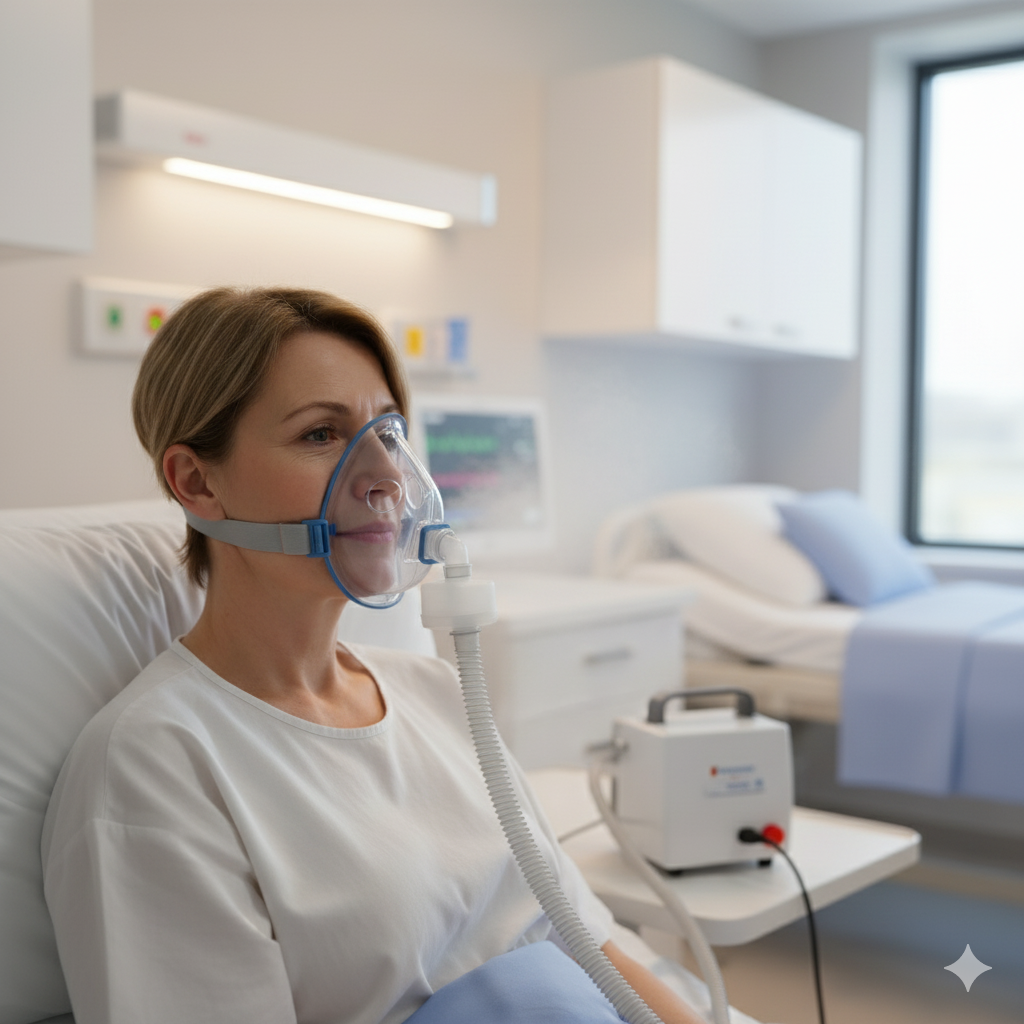Top Tools for Effective Blood Sugar Monitoring at Home
Managing diabetes effectively requires regular monitoring of blood sugar levels. With the rise of home healthcare, several tools now make it easier than ever to track glucose levels, stay informed, and adjust treatment plans. From traditional glucometers to smart continuous glucose monitors, understanding which tools work best for your needs is essential.
Why Home Monitoring Matters
Home monitoring empowers patients and caregivers to:
- Detect abnormal glucose levels early.
- Make informed dietary and lifestyle adjustments.
- Avoid complications such as hyperglycemia or hypoglycemia.
- Reduce frequent hospital visits and gain independence.
Regular tracking is crucial, especially for people with type 1 or type 2 diabetes, prediabetes, or gestational diabetes.
Key Tools for Blood Sugar Monitoring
1. Traditional Glucometers
Glucometers are handheld devices that measure blood sugar from a small finger-prick blood sample.
Features:
- Compact and portable.
- Results in seconds.
- Usually requires test strips and lancets.
Tips for Use:
- Wash hands before testing.
- Ensure the strip is inserted correctly.
- Dispose of lancets safely.
- Record readings for trends.
Example: A person using a glucometer might test three times a day—before meals and at bedtime—to adjust insulin or diet accordingly.
- Continuous Glucose Monitors (CGMs)
CGMs are wearable devices that track glucose levels continuously throughout the day using a small sensor placed under the skin.
Benefits:
- Provides real-time readings.
- Can alert users to high or low glucose levels.
- Reduces the need for frequent finger pricks.
Considerations:
- Sensors need regular replacement (usually 7–14 days).
- Some require calibration with a glucometer.
- Initial cost is higher but offers long-term convenience.
3. Mobile and App-Based Tools
Many glucometers and CGMs now connect to smartphone apps to:
- Track blood sugar trends.
- Send reports to doctors.
- Provide reminders for medication and testing.
Benefits:
- Easy visualization of trends over weeks and months.
- Ability to share readings with caregivers or healthcare professionals.
Example: An app connected to a CGM can alert a caregiver if glucose levels drop dangerously during the night, allowing quick intervention.
Tips for Caregivers
Caregivers play a crucial role in ensuring patients monitor their glucose effectively:
- Check device batteries regularly.
- Keep devices clean and safe.
- Help patients record readings and trends.
- Understand alert systems on CGMs or smart pens.
Final Thoughts
Monitoring blood sugar at home is a cornerstone of diabetes management. Choosing the right tools—glucometers, CGMs, smart pens, or app-based trackers—depends on your needs, comfort level, and budget.
Remember: accuracy and proper care are essential. For guidance on cleaning and maintaining your devices, don’t forget to read our Caring for Glucometers and Diabetes Devices at Home.




